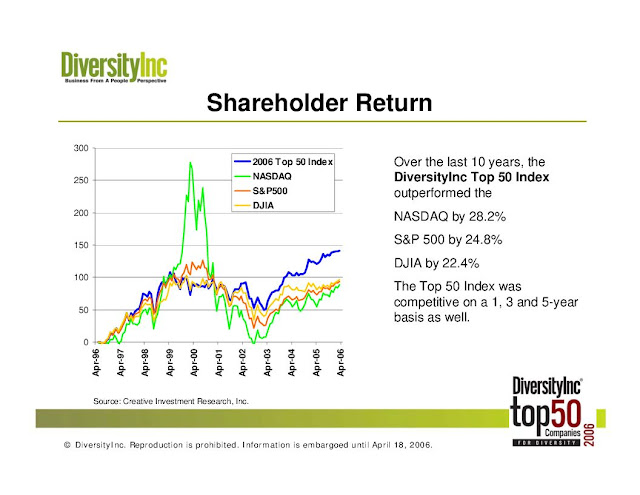On June 20 the House Financial Services Committee held a hearing on diversity in America’s boardrooms.
The witness list consisted of Ms. Chelsa Gurkin, Acting Director of the Education, Workforce and Income Security team of the U.S. Government Accountability Office, Mr. Luke Visconti, Founder and Chairman of DiversityInc, Mr. Ron Lumbra, Managing Partner of Heidrick and Struggles, Ms. Linda Akutagawa, Chair of the Alliance for Board Diversity, the Former Ambassador to Argentina, Vilma Martinez, and Dr. Stephanie Creary, an Assistant Professor of Management at the Wharton School of Business of the University of Pennsylvania.
The hearing examined options for diversifying the gender, racial and ethnic composition of corporate and federal boards. Each witness presented testimony on how to address the issue of diversity on corporate boards and identify the conditions that lead to meaningful diversity so that more companies can follow the lead of firms that have been successful.
Deloitte’s 2017 board diversity survey found that 90 percent of participants agree that increasing board diversity will improve their companies’ ability to innovate as well as their overall business performance, but half of the surveyed organizations lack a process for recruiting candidates with diverse skills sets or new perspectives. Organizations don’t prioritize diversity in their recruiting practices. To Improve this, they need an intentional and defined commitment to increase diversity. Visconti points out that an executive diversity committee (EDC), chaired by the CEO that meets monthly appears in 86.7% of the Top 10 companies ranked by DiversityInc.
The Alliance for Board Diversity reported that among Fortune 500 companies, 80.7% of new board directors in 2017 were white men. A limited pool of candidates considered results in a revolving door of minority or women chosen for board positions. Looking at those with only CEO experience limits an already scarce pool of minority candidates and overlooks other qualified candidates. Board members can be sought out in other departments like accounting or human resources and can be found in academia or retired military. There is a preference for experienced directors, but organizations need to do better jobs of casting a wider net to bring on first time directors and mentoring them.
Low turnover in board seats each year can to blamed for a lack of new talent. But boards can expand the number of directors. This would allow them to seek out new talent and allow more experienced directors time to mentor newer ones. As Lumbra stated, the best run boards are looking carefully at their constituencies and bringing on new contemporary directors.
Dr. Stephany Creary presented her research findings that diversity doesn’t guarantee performance. The type of diversity matters. Social diversity along with gender, race, age, ethnicity and professional experience are important for increasing the diversity of perspective representation in the boardrooms. Diversity matters less when members perspectives are not valued. Boards need a culture that evaluates different voices, welcomes conversations about diversity, and bring on members to utilize their specific skillset. This is easier to achieve when board avoid filling seats with those already in their social networks and have a process of assessing what skills and expertise needs to be filled, and looks at experience, age, ethnicity, and gender to fill it.
Witnesses agreed that disclosure is vital and called for regulation to ensure fair and equitable representation on boards. Mandates are newer and less common in the US but are common elsewhere and can yield measurable results when implemented properly.
On January 1, California law said that all locally headquartered publicly traded companies must have at least one female director by 2020. Norway, Spain, France, and Iceland all have laws requiring that women comprise at least 40% of boards at publicly listed companies.
On October 1, 2018 institutional investors petitioned the SEC for a rulemaking on environmental, social, and governance (ESG) disclosure. The petition called for a comprehensive framework requiring issuers to disclose identified ESG factor – including diversity - of public companies. Stating that the quality of voluntary disclosure from companies in insufficient to meet the needs of investors.
